Follow the Paths of Viking Raiders from Norway to North America
Visit these preserved settlement sites
/https://tf-cmsv2-smithsonianmag-media.s3.amazonaws.com/filer/a3/ba/a3ba98fc-dd9c-48c5-a618-f2c35a7dd0e2/istock-599960496.jpg)
From 793 to 1066 CE, hearing the words “Viking” or “Norsemen” would put just about anyone on edge. The group was notorious for sailing their longboats into harbors and viciously attacking the people there—stealing all the available loot, taking slaves and killing just about everyone else. But this bad behavior tells only part of the Viking story. “All Vikings were Norsemen, but not all Norsemen were Vikings,” historian and Viking Cruises lecturer Patrick Goodness told Smithsonian.com. “They became Vikings when they went out plundering; they went viking, as a verb.” Eventually, the term morphed into a classification for the entire community.
Both sides of the population, though, were inspired by the same sentiment: to go out and find new land. Some wanted to explore and plunder, but others simply wanted to discover more fertile lands to farm and settle peacefully, moving ever westward from Europe toward North America in search of the perfect spot. They traveled by longboat as the crow flied, settling in several distinct paths we can still track today.
So grab your helmet and shield and hop on a boat—now you can follow one of those paths of Viking Norsemen, from their original settlement in Norway across the Atlantic to their first settlement in North America.
Norway
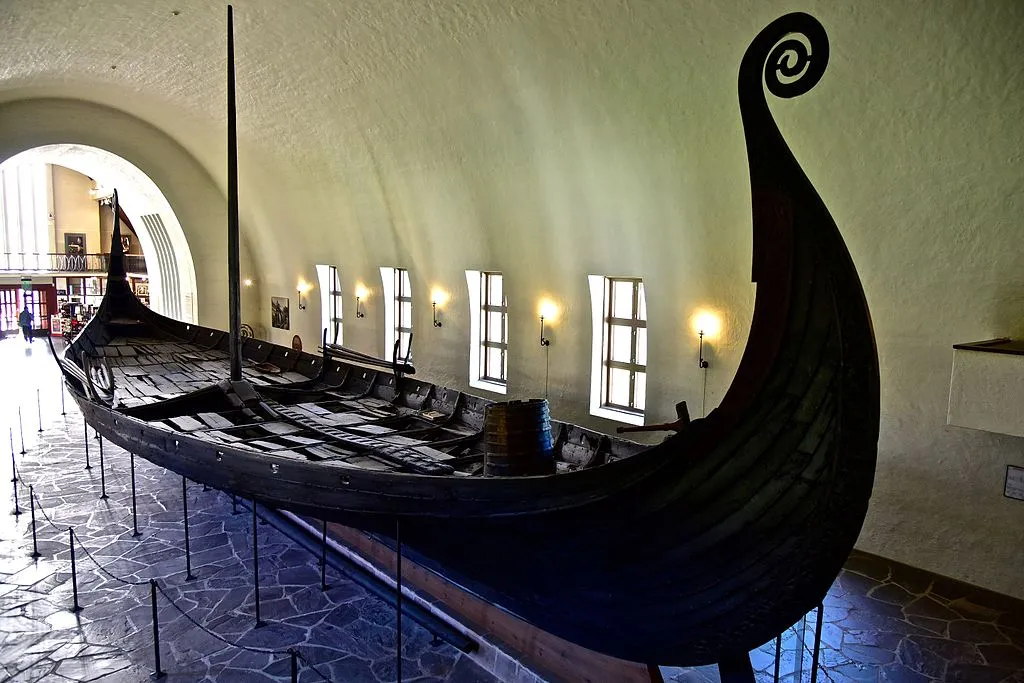
Since the beginning of the Viking age, the group of settlers and raiders ruled the western coast of Norway and much of Scandinavia. The Norwegian Vikings were among the most adventurous, sailing and plundering along their path to North America long before Columbus arrived at the continent’s shores. Here, in seaside towns like Bergen and Stavanger, once a major Hanseatic League trading port, the Vikings built their longships that would take them around the world.
What to see: The Bergen Maritime Museum has a selection of Viking longship models, but to see the real thing, head to the Viking Ship Museum in Oslo, which has the three best-preserved ships that have been found to date. For a decidedly more modern sight, head a bit south of Stavanger to see three gigantic metal Viking swords sticking up from the shoreline. The monument, unveiled in 1983 by King Olav, commemorates Viking King Harald Fair Hair’s success at uniting the three kingdoms of Norway into one unit.
Shetland Islands, Scotland
The Vikings arrived in Shetland around 850, and the Norse influence can still be seen today throughout the area; in fact, 95 percent of the place names in the Shetland Isles are still the original Old Norse names. More than 30 archeological sites on Unst Island alone hold evidence of Viking homes and settlements. Even the dialect of present-day Shetland residents has a healthy sprinkling of Old Norse words leftover from Viking rule. And, depending on who you ask, you may be able to get a ride out to Tingwall Valley, where the Vikings held their parliamentary sessions on a small peninsula in a lake.
For the next 600 years after arrival, Vikings and Norsemen ruled the Shetland Islands. But in the late 1400s (after many Vikings had already sailed on to greener pastures in different countries), Norse rule abruptly ended; the Shetland Islands became officially Scottish as part of a marriage treaty between a Scottish prince and a Danish princess.
What to see: Jarlshof on Mainland Shetland is one of Scotland’s biggest archeological sites, a huge complex documenting more than 4,000 years of settlement on the islands. Not only will visitors find ruins of a Viking longhouse, but they’ll also explore Neolithic homes, Bronze and Iron Age settlements, medieval farmsteads, and a laird’s house from the 1500s. And don’t miss Up Helly Aa in Lerwick, among the largest fire festivals in Europe. Viking descendants follow a Viking longship in a huge procession, all carrying torches, and at the end of the route, the boat is set on fire.
Faroe Islands
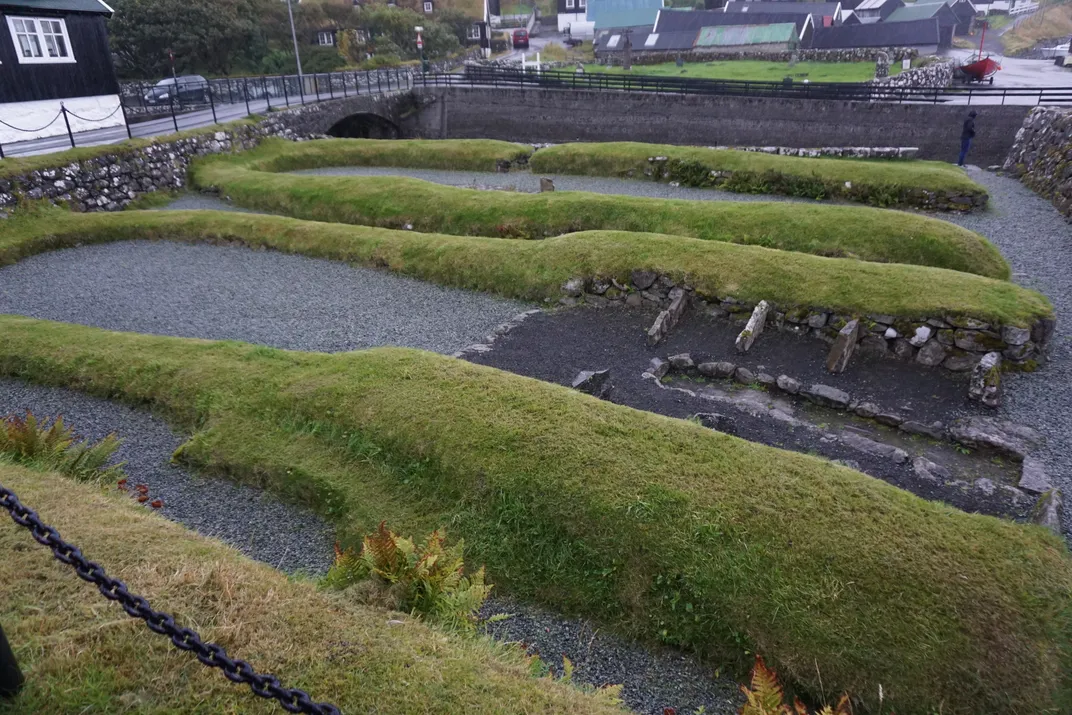
Even though the name for the Faroe Islands themselves, Føroyar, is derived from the Viking Old Norse language, they actually weren’t the first to find the region. “The Islands were founded by Irish monks,” Gunnar, a tour guide on the main island Streymoy, told Smithsonian.com. “Then the Vikings came and suddenly there were no more monks.” The Vikings arrived in the 9th century and quickly established a parliamentary meeting site at the tip of what is now the capital city, Tórshavn.
That spot in the city is now known as Old Town, known worldwide for its red buildings with turf roofs and cobblestone streets. Coincidentally, the Faroese parliament still meets in these buildings, giving Tórshavn the distinction of being the oldest functioning parliament in the world. Don’t miss the Viking-carved compass rose and runes at the end of Old Town’s rocky peninsula, right by the flag pole.
What to see: From the Faroe Islands’ capital Tórshavn, it’s an easy drive to seaside Kvívík, where you can find a 10th-century Viking settlement. The ruins are right in the middle of the village—also one of the oldest villages in the Islands—and contain longhouse and barn foundations. The southern end of the site has been washed away by the sea.
Iceland
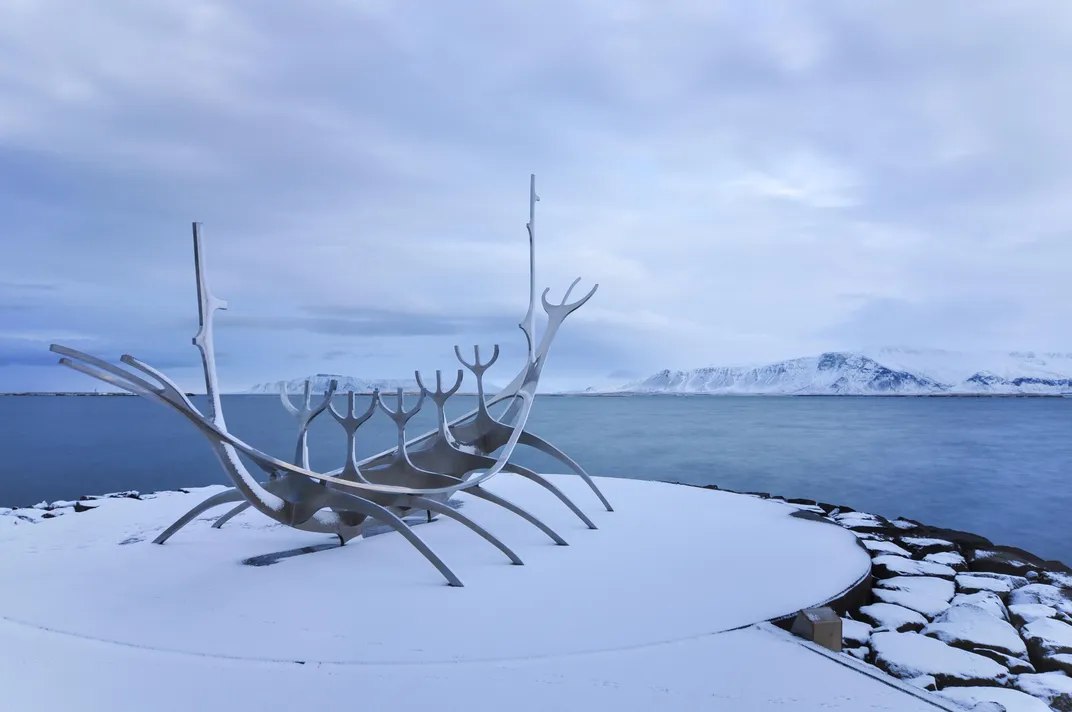
Vikings settled in Iceland’s capital city, Reykjavik, in the 800s. They let the gods decide exactly where they should settle by floating a wooden chair across the water from one of the longboats: wherever the chair landed, the city should be. By 900 AD, Goodness said, more than 24,000 people lived there. It was a time of peace for the plundering Vikings.
“Iceland was considered a paradise for the settlers,” Goodness said. “Because of the pillaging and raiding, they started to be met with resistance. You can only maraud a place so many times before people [start] fighting back. The Vikings saw that and thought, people are dying, this isn't fun anymore. They weren't really interested in fighting anymore. It was time for them to live peacefully. This was a great period of transition for them in Iceland.”
Today, more than 60 percent of Icelanders are Norse, and the rest are mostly of Scottish or Irish heritage, many of their ancestors having been brought to Iceland as slaves by the Vikings.
What to see: Traces of Viking heritage are all over Iceland—the country even has a Viking trail you can follow—but for a good look, head to the Settlement Museum in downtown Reykjavik. Here, ruins of a Viking settlement are preserved in an underground exhibit. And across the hall from the longhouse, ancient saga manuscripts are also on display.
Greenland
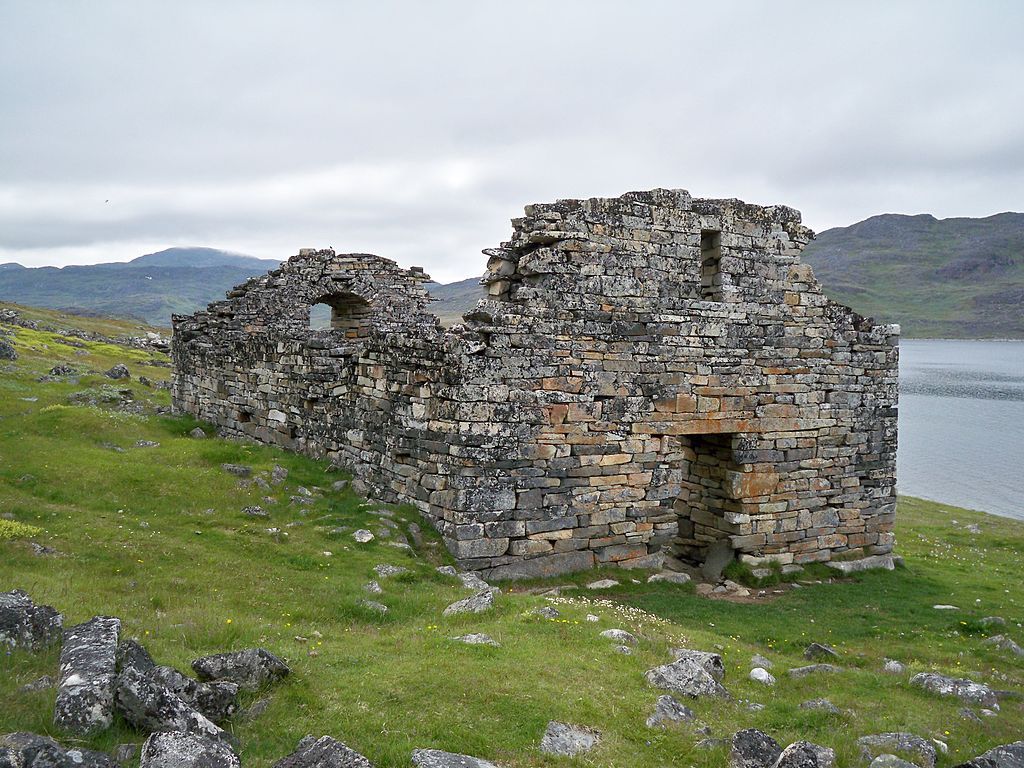
In 982, Erik the Red committed a murder in Iceland and was exiled for three years as a result. He sailed off to the west, finding Greenland and spending his time in exile there. During that time, Goodness says, Greenland may actually have been green, covered with forests and vegetation, as the Viking would have landed during the Medieval Warm Period (believed to be about 900 to 1300) when sea ice decreased and crops had longer to grow. After his sentence ended, Erik the Red sailed back to Iceland to convince other settlers to follow him to this new promised land. In 985, he and a fleet of 14 longships arrived to settle the southern and western coasts.
The Vikings continued to live on Greenland for about 500 years. Remains of Erik the Red’s settlement date back to about the year 1000, along with ruins of around 620 farms. At peak population, the Norse numbered around 10,000 people in the country. And then, suddenly, the community vanished with no explanation and no written record explaining why. However, historians have ultimately been able to explain it: “It was too hard to live in Greenland and they got tired of it,” Goodness said. “They thought it was better to leave than stay in such a harsh climate.” Over time, the temperature was getting colder so farms were no longer workable, and the Vikings never learned to effectively hunt the region. The Inuit were inhospitable; fights broke out frequently. At the same time, Norway had been stricken by the plague, so many farmsteads there were left abandoned. A group of the Greenland settlers was known to have headed back to Norway to take over the land, and another sailed onward to Canada.
What to see: Hvalsey Church is the best-preserved Viking ruin in Greenland. Most people choose Qaqortoq as their base for trips to see the church. It appears to have been built around 1300, and only the stone walls remain. Hvalsey has a unique history itself, as well—in 1408, a wedding was held at the church, with many Norse attendees. The written account of that event is the last word that ever came from Greenland’s Viking population.
Canada
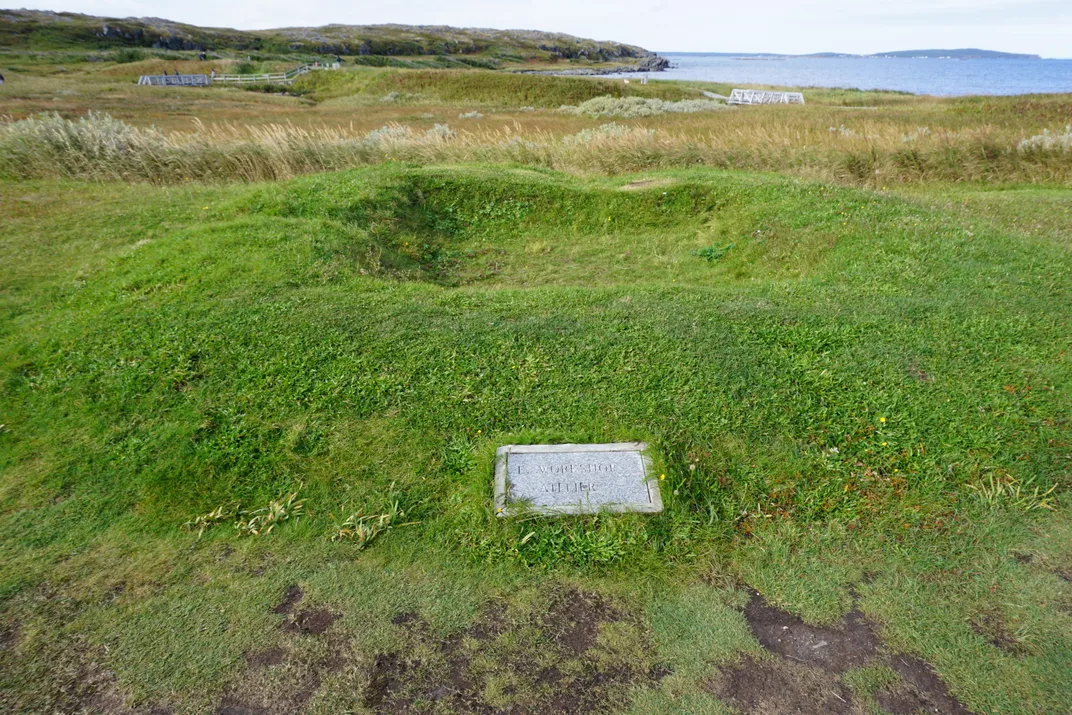
To see the first Viking settlements in North America—found 500 years before Christopher Columbus set foot there—head to L’Anse Aux Meadows. The Vikings first arrived here from Greenland in the late 10th century, led by Leif Erikson. He initially called the land Vinland (though the exact location of Vinland is disputed), because when the Vikings arrived they found grapes and vines. Spurred by Erikson’s success, more than 100 Vikings followed to settle at this spot. Prior to its discovery in the 1960s, this North American settlement was only referenced in two ancient sagas.
What to see: The archaeological site at L’Anse Aux Meadows has two main components: the actual ruins (visitors can stand inside the foundation of Leif Erikson’s own house) and a recreated Viking trading port nearby called Norstead. Here, you’ll see a unique juxtaposition of what life was believed to have been like for the Vikings and what rubble remains today.
/https://tf-cmsv2-smithsonianmag-media.s3.amazonaws.com/accounts/headshot/JenniferBillock.png)
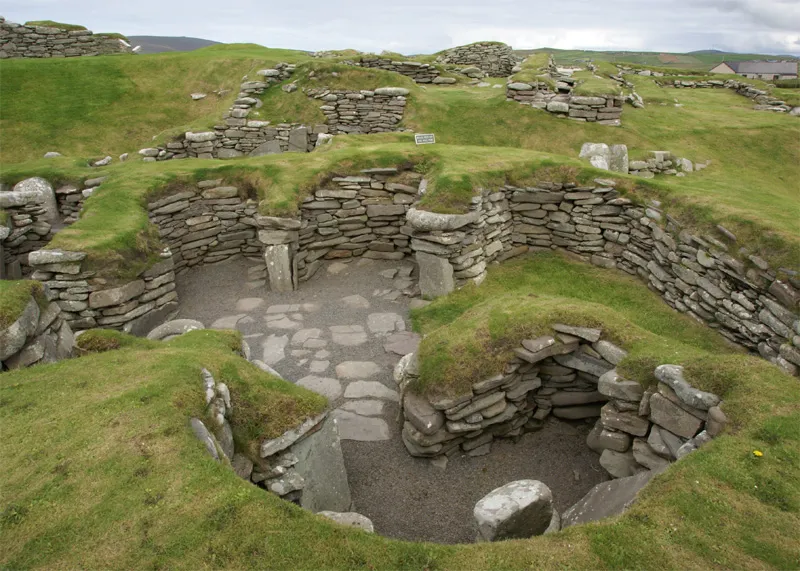
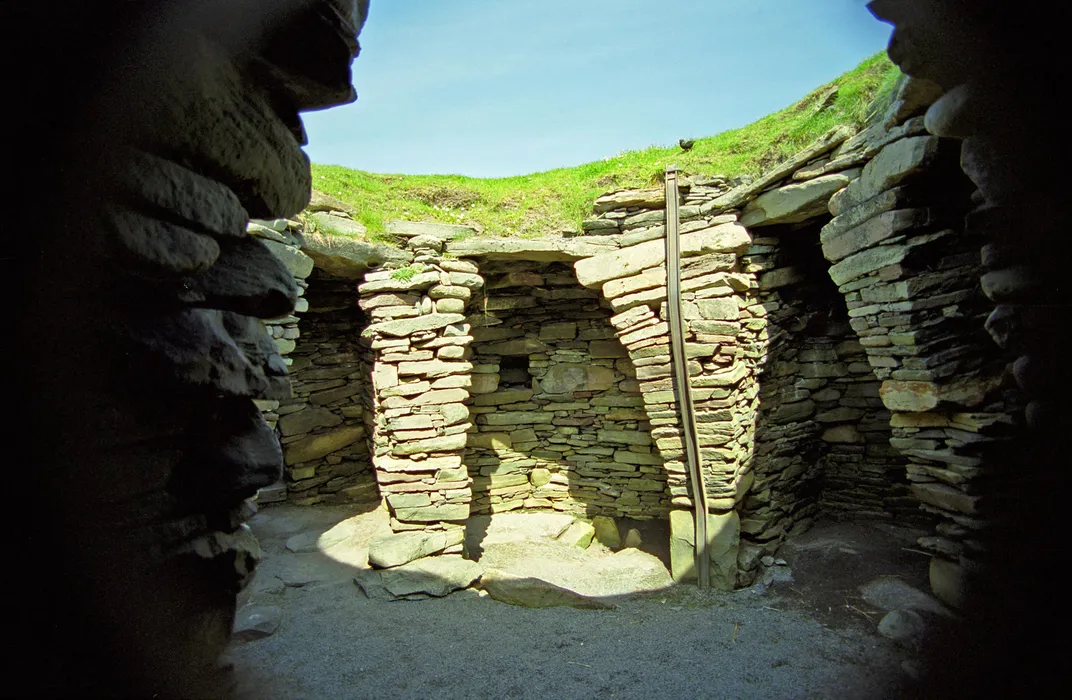
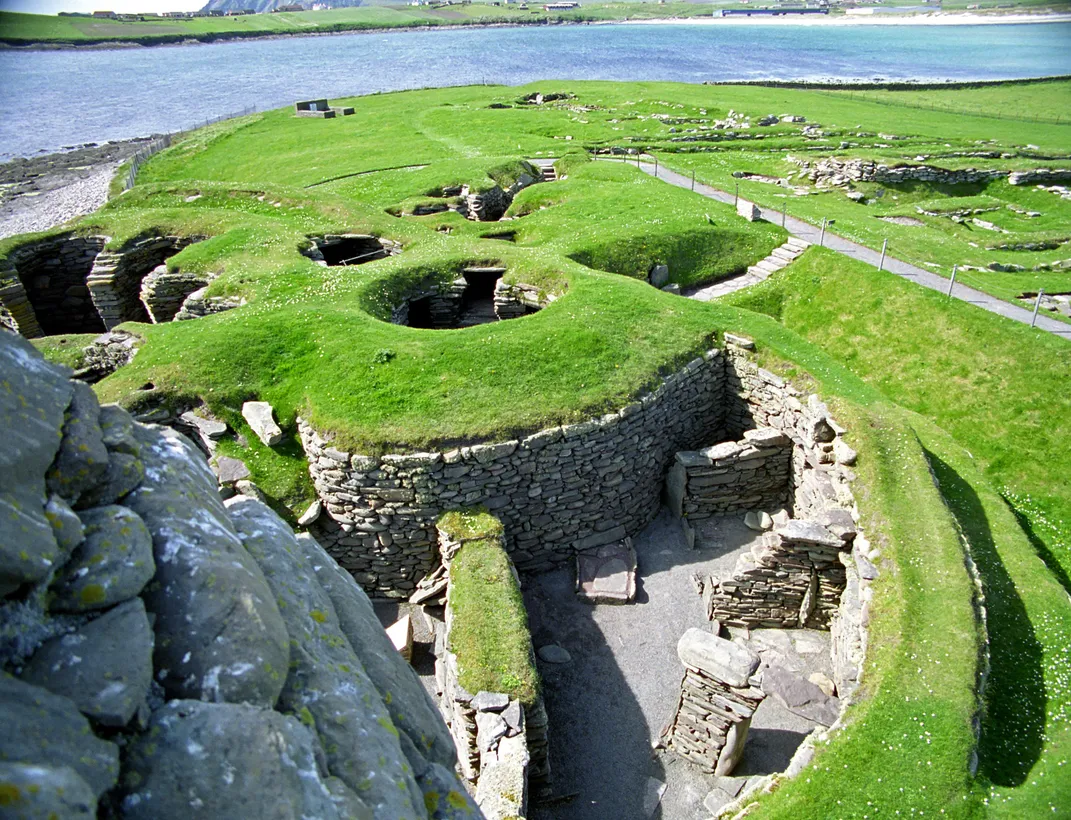
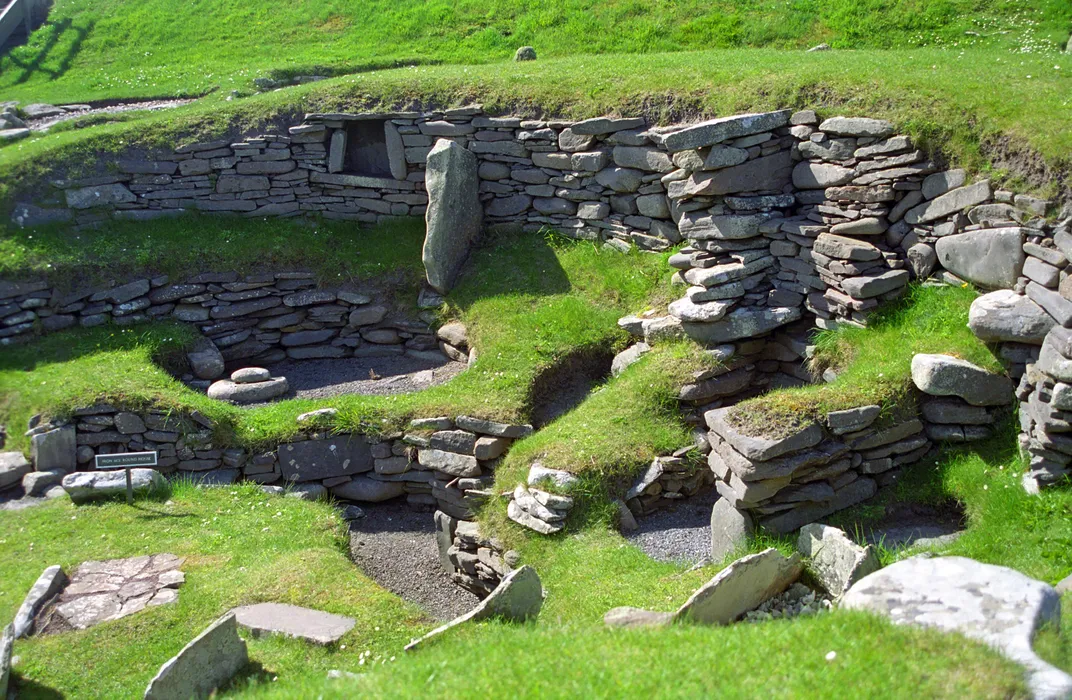
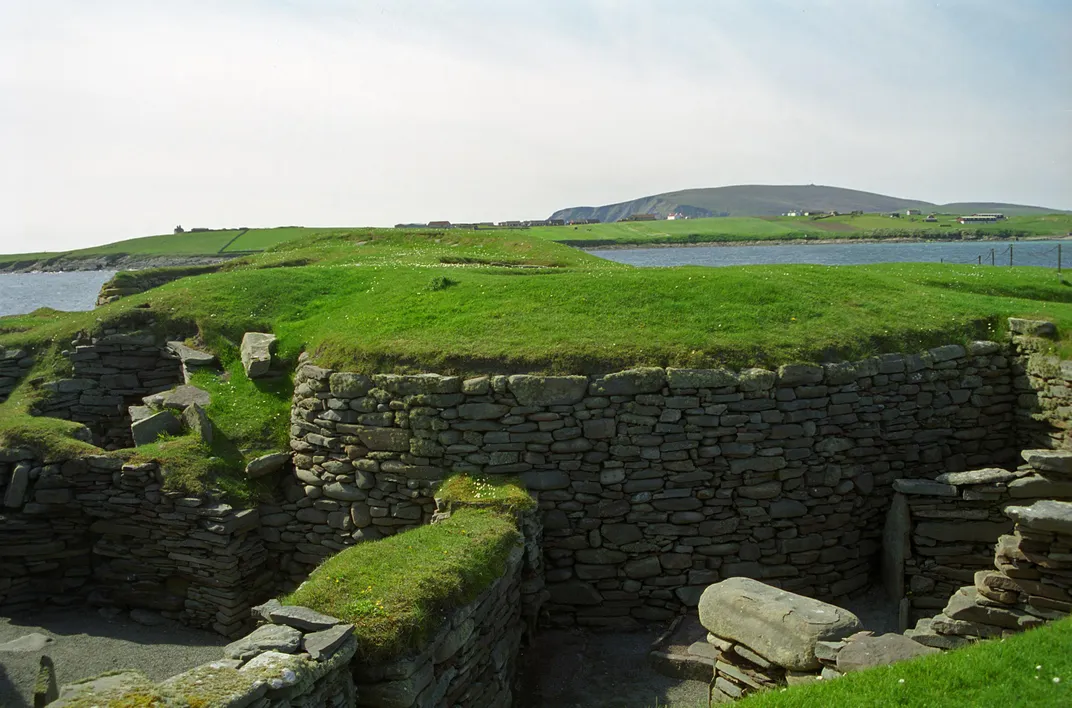
/https://tf-cmsv2-smithsonianmag-media.s3.amazonaws.com/accounts/headshot/JenniferBillock.png)